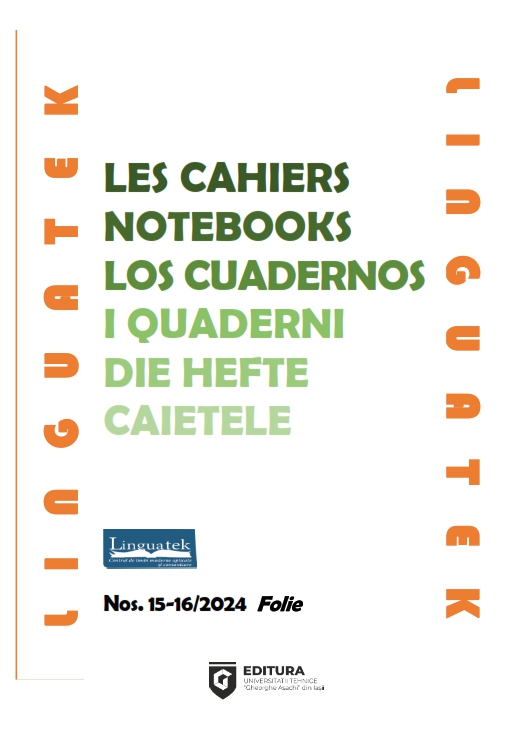LA COMÈTE, LA PLANÈTE ET LE CALCUL
The Comet, the Planet, and the Calculation
Author(s): Emmanuel PLASSERAUDSubject(s): Social Sciences, Fine Arts / Performing Arts, Psychology, Film / Cinema / Cinematography
Published by: Editura Universității Tehnice “Gheorghe Asachi” din Iași
Keywords: Abel Gance; Lars Von Trier; Melancholia; Apocalypse; depression;
Summary/Abstract: In both “La Fin du monde” by Abel Gance (1931) and “Melancholia” by Lars VonTrier (1981), terrestrial life is threatened by a comet or planet. These two films are comparable from a narrative point of view, as each is based on wrong calculations: while in “La Fin du monde” destruction seems inevitable, in “Melancholia” the planet seems to merely get close to Earth, when in fact the opposite is happening. Moreover, these two films are about how science faces an imminent catastrophe. In the film by Gance, the scientist is a celebrity inspired by astronomer Camille Flammarion, a central personality of the French scientific life of 1900-1920. In Von Trier’s, it is a member of a family who makes observations on the planet’s trajectory. In both cases, the telescope, professional or amateur, delivers images of scientific nature. In these two films there is always a character opposed to the scientist, the poet Jean Novalic in “La Fin du monde”, and Justine in “Melancholia”, who are both on the verge of madness. As both stories are of romantic inspiration, madness is also close to a kind of wisdom. Therefore, the poet’s madness, for the French filmmaker, and the personal depression of Justine, for the Danish director, propose a differing point of view from that of scientific discourses on apocalyptic crises.
Journal: LES CAHIERS LINGUATEK
- Issue Year: 8/2024
- Issue No: 15-16
- Page Range: 133-140
- Page Count: 8
- Language: French

